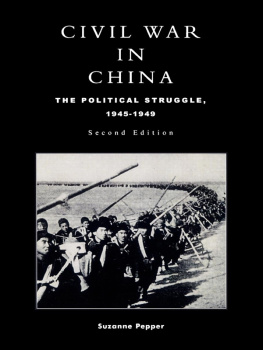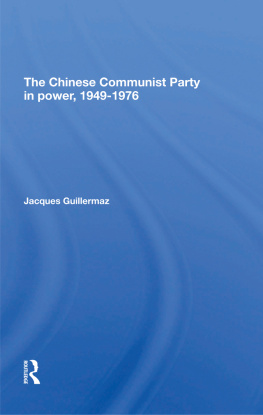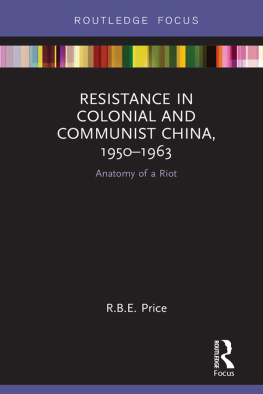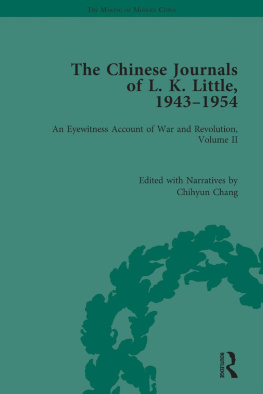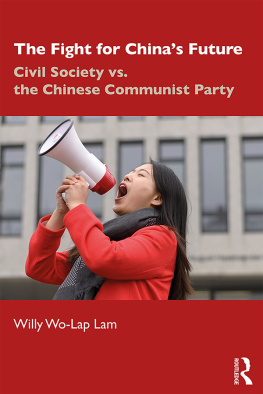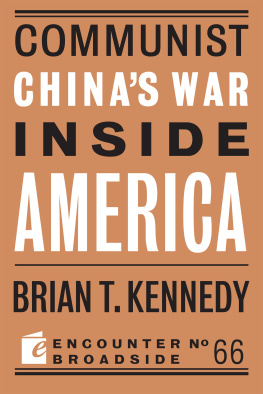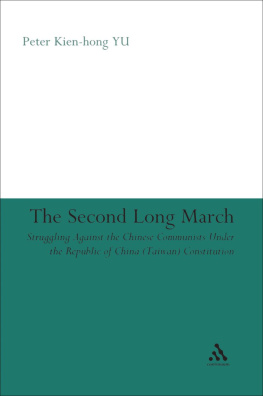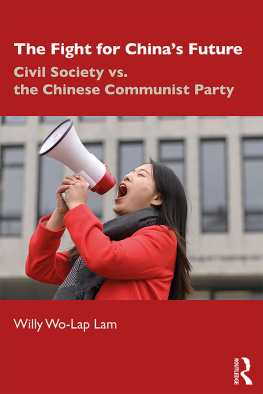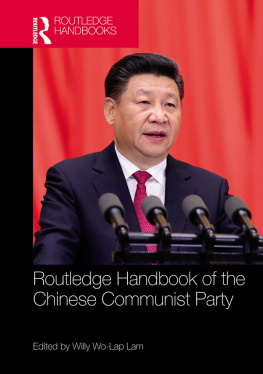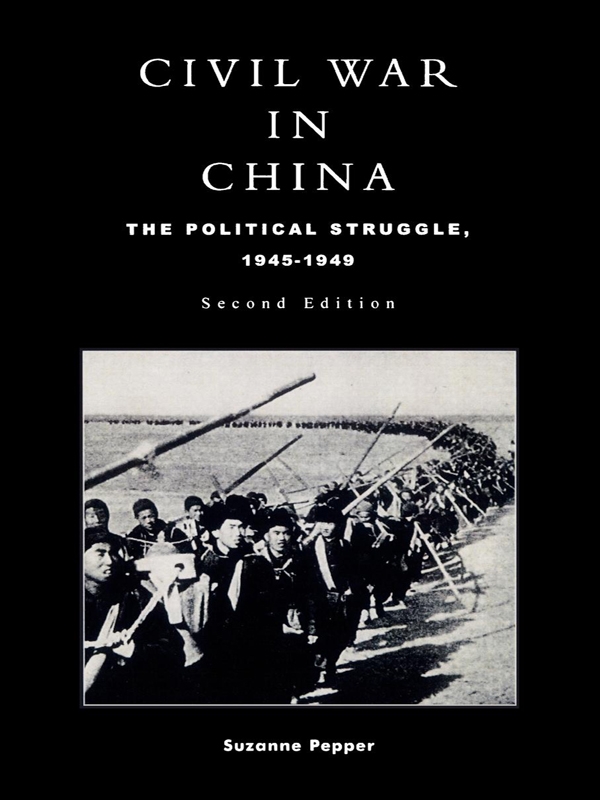THE TA KUNG PAO (1902-1948)
Although nominally independent, the Ta kung paos association with the Political Study Clique (Cheng hsueh hsi) of the KMT was well known. During the four or five months prior to the Communist take-over of Shanghai while the KMT administration there was disintegrating, a number of pamphlets and news sheets, many fairly leftist, appeared. Having little else to do, since most of the citys regular newspapers were by then either banned or severely reduced in content, the translators at the American Consulate included these publications in the Chinese Press Review. Their accuracy with respect to the Ta kung pao seems to be at least approximate despite their generally critical disposition. The following sketch of the papers history has been gleaned from a comparative reading of these and other sources listed below.
The Ta kung pao was founded in 1902 by a Manchu, Ying Lien-chih, who built it into a respected journal which circulated in Peking and Tientsin. In those early years, the paper became known for its attacks on corruption in the Imperial Government. After the Revolution of 1911, Ying sold the paper to Wang Tsu-san. Tuan Chi-jui, head of the An-fu Clique and a dominant figure in the Peiyang militarist regimes in Peking between 1912 and 1926, was a principal backer of the Ta kung pao during those years. Sun Yat-sen is also said to have contributed some financial support to the paper, which often spoke up for him, as well as for the various militiarists who were from time to time allied with Tuan. At this time, however, the Ta kung pao reflected primarily the position of its chief backer and was not revolutionary in its orientation. Hu Lin (Hu Cheng-chih) was the chief editor of the paper from 1916 to 1925, as well as founder and publisher of Kuo wen chou pao, which was also apparently supported by Tuan and was affiliated with the Ta kung pao.
The origin of the Political Study Cliques association with the paper lay in its association with Tuan Chi-jui. As for the Political Study group itself, one source traces its origins back to the Ou-shih tao-lun hui (Society for the Discussion of European Affairs). This society was formed in the U.S. about 1915, by General Huang Hsing and a group of KMT members who left China after Huang disagreed with Sun Yat-sen over policy toward Japan and its 21 Demands. When members of the group returned to south China, they changed the name of their organization to the Political Study Society ( Cheng hsueh hui ). They involved themselves actively in the politics of Suns Canton regime and the deliberations of the parliamentary sessions that were held there. According to Chien Tuan-sheng, it was the activities of the Political Study groupwhose members were at this time advocating a reunification with the warlord regime in Peking and who caused the suspension of many parliamentary sessionswhich inspired in Sun a contempt for his old followers, for party politics, and even for parliamentary government itself.
In any case, the Political Study group was willing to cooperate with the warlords in the North, and in particular associated itself with Tuan Chi-jui and the An-fu Clique. This association placed the group on the extreme right of the various cliques within the KMT. But the decline of Tuan Chi-jui in the 1920s, resulted also in the temporary eclipse of the Political Study group. One of its leaders was Wu Ting-chang, who had held a number of important economic and financial posts under various warlord regimes in Peking between 1912 and 1920. He was then eased out of office apparently as a result of Tuans shifting fortunes. Wu became chairman of the board of the Yienyieh Bank and in 1923 also became head of the Joint Treasury of four leading north China banks: the Yienyieh Bank, the Kincheng Banking Corporation, the Continental Bank, and the China and South Seas Bank.
Wu Ting-chang was credited with the idea of reviving the Political Study groups fortunes through the publication of a newspaper. He was able, with capital put up primarily by Chou Tso-min, founder, general manager, and chairman of the board of directors of the Kincheng Banking Corporation, to form a new holding company which purchased the Tuan Chi-jui backed Ta kung pao and the Kuo wen enterprises.
The reorganized Ta kung pao began publication in Tientsin on September 1, 1926. The paper was rapidly acknowledged a journalistic as well as a financial success. It had made a profit several times the original capital investment of its backers as early as 1932. In this new venture, which some called the cultural enterprise of the four northern banks, Chou Tso-min was the most important financier, Wu Ting-chang the chairman of the board of directors, former editor Hu Lin became the business manager, and the editorial writer Chang Chi-luan (Chang Chih-chang) was made editor-in-chief. Wang Yun-sheng, well known as the editor of the Ta kung pao during the 1940s, was in 1926 a reporter for a minor Tientsin newspaper. He came to the attention of Chang Chi-luan through an argument which the two men carried on in a series of editorials. Wang impressed Chang, who brought the young journalist to work on the paper. Wang inherited the post of editor-in-chief when his mentor retired in the late 1930s.

